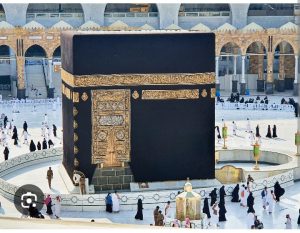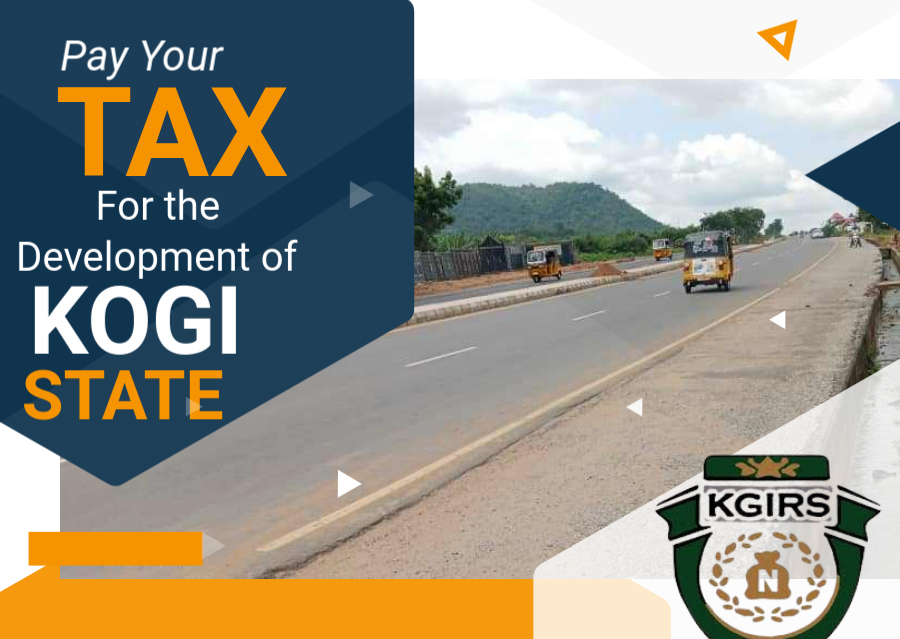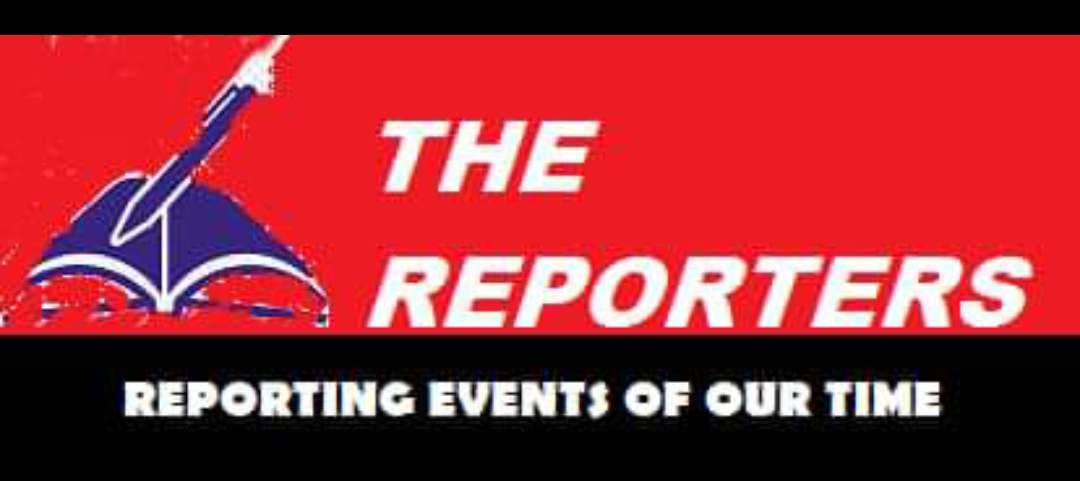

By correspondent.

Photo credit: Wikipedia.
Engr. Muhammad Sani-Aliyu, Commissioner, Ministry for Religious Affairs, Kebbi State, has advised pilgrims to exhibit the fear of Allah through purity of intention.
The religious leader gave the advice in Makkah in a statement signed by Ahmed Idris, Chief Press Secretary to Kebbi State and a copy made available to The Reporters.
The programme was organised by the 2024 Hajj Da’awah Committee under the Kebbi State Pilgrims Welfare Board, preparatory to commencement of the Hajj exercise on 8th Dhul Hijjah.
He said that pilgrims’ stay at Muna, Munzalifa and Arfat was akin to the last Day of Judgment.
Sani-Aliyu, disclosed this in Mecca during a sensitisation of pilgrims on how to perform Hajj in accordance with the Sunnah of the Holy Prophet Muhammad (Peace be upon Him).
Speaking on a topic; ‘Pillars of Hajj, obligatory, supligatory and voluntary aspects’, the commissioner said that all the pilgrims would appear in white cloth (Ihram), signifying that they were all equal before their creator.
The cleric said, “This implies that all of us are equal,regardless of any differences, be it political, traditional or any form of power, race, tribe, country or anything. It is just like the Day of Qiyamah (last Day of judgement).”
Sani-Aliyu encouraged the pilgrims not to feel shy, adding that instead, they should ask questions on any grey area on Hajj exercise.
Speaking on the same topic, Malam AbdulMalik AbdurRahman, one of the clerics in Da’awah Committee, reminded the pilgrims that they had already performed Umrah, the supligatory aspect of Hajj (Sunnah), awaiting the obligatory (Hajj), which is due to commence on 8th Dhul Hijjah.
He advised those whose Umrah was questionable to repeat it before the commencement of Hajj, adding that Umrah is just a supligatory (Sunnah) aspect in Hajj.
Taking the pilgrims through the stages in Hajj step-by-step, the cleric admonished them to use the remaining period to learn how to perform Hajj effectively right from wearing of Ihram up to the time of removing it.
The sensitization featured questions and answers where the pilgrims used the opportunity to divulge some ambiguous acts for clarification.
Source: NAHCON information centre.
Edited by Dawud Ahmed.

